Wildlife rescue is one of the important contents of wildlife and ecological protection in China. The Wildlife Protection Law of China encourages citizens, legal persons and other organizations to participate in wildlife conservation activities. In the case of wildlife protection, the sole reliance on various levels of government for wildlife protection faces various technical, personnel and financial constraints, so CBCGDF Research Department has studied a large number of practical cases of wildlife protection. It is suggested that the civil wildlife rescue at non-government level should be brought into the national rescue system.
The following is the original proposal:
Case: in August 2017, Guangxi Yinzhou Marine Police seized 34 Malay pangolins (32 of them were alive and 2 were dead), and then handed them over to the Rescue and Research Center for Terrestrial Wildlife and Surveillance of Phytophthora and Disease (hereinafter referred to as Guangxi Rescue Center). By October 22, 2017, these pangolins all died in Guangxi Rescue Center.
Similar events are widespread in many provinces. Through the research of CBCGDF, it is found that all provinces are faced with many limitations, such as lack of rescue technology, rescue force, and rescue funds, which becomes a weak link in the wildlife rescue process.
Since the 18th National Congress of the CPC, the construction of ecological civilization has become a national development strategy. The wildlife rescue is an important part of maintaining ecological balance and building ecological civilization.
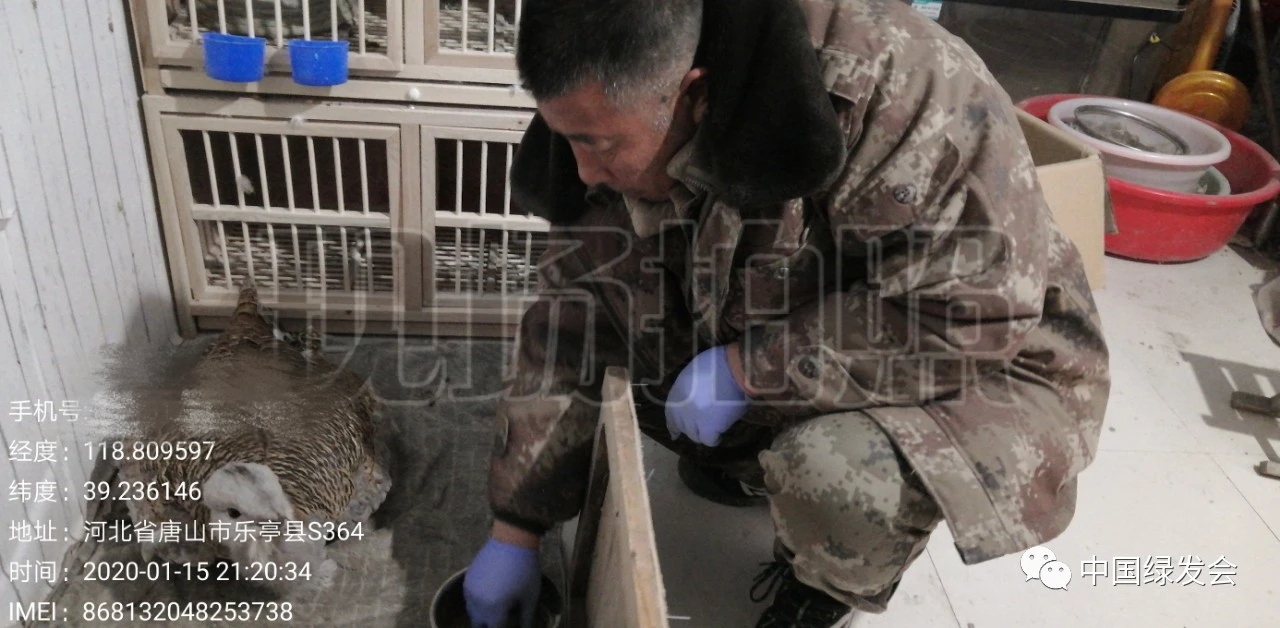
The Article 5 of the Wildlife Protection Law, revised on October 26, 2018, also clearly stipulates that the state protects wildlife and its habitats. The people's governments at or above the county level shall formulate plans and measures for the protection of wildlife and their habitats, and shall include funds for wildlife protection in the budget.
The State encourages citizens, legal persons and other organizations to participate in wildlife conservation activities through donation, financial assistance, and voluntary service in accordance with the law, and to support the public welfare undertakings of wildlife protection. And the Wildlife Protection Law advocates social organizations to jointly advance wildlife protection through cooperation with the wildlife rescue stations in local forestry systems.
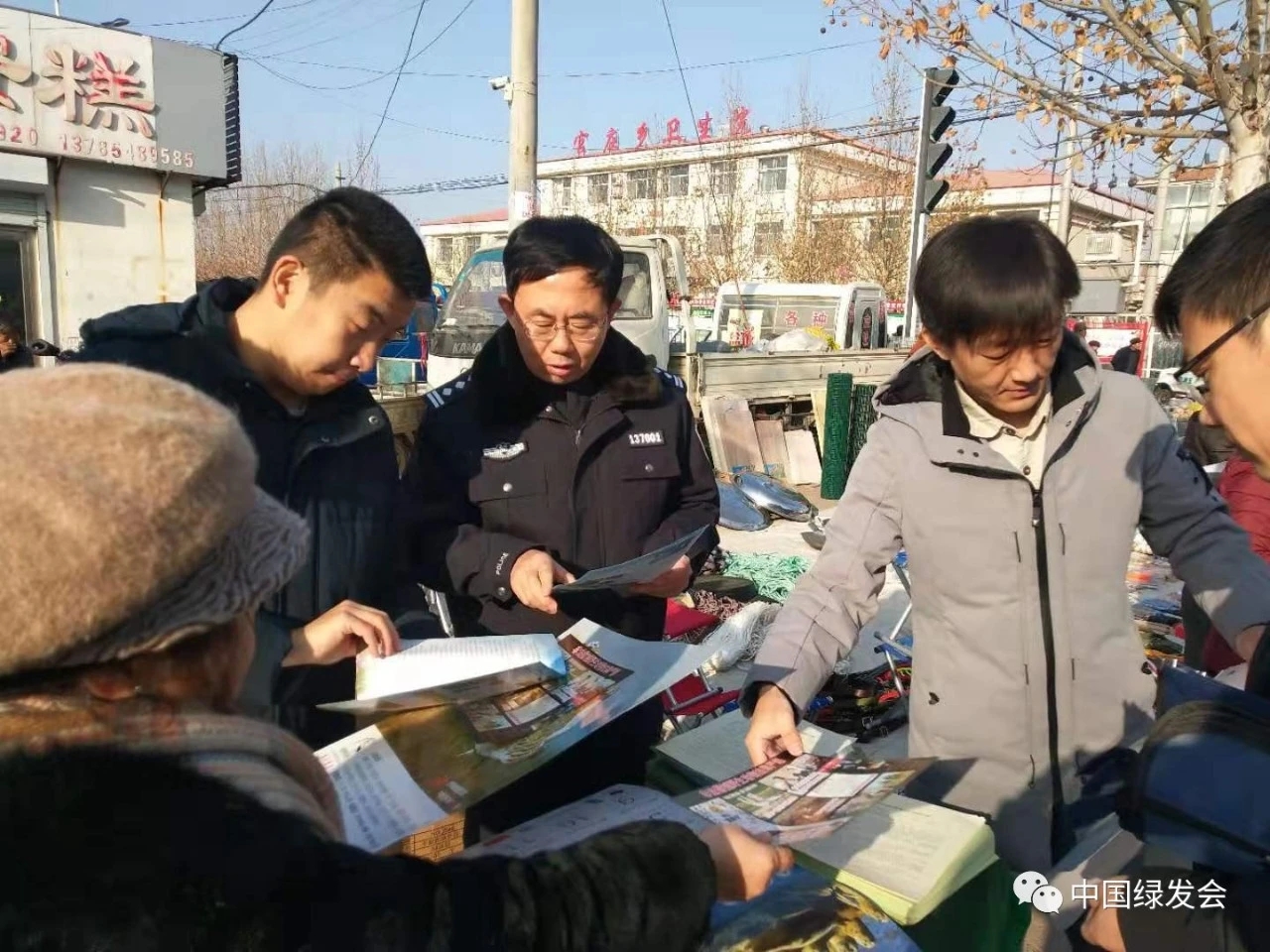
There are problems, such as insufficient technical strength, as well as lack of rescue personnel and rescue funds. These problems directly interfere with the rescue efforts of wildlife protection in China. For example, in December 2020, the Harbin Forestry system allowed volunteers of CBCGDF to bring birds to the south. One of the important reasons is that the rescue funds are insufficient to keep hundreds of wild birds for three months.
In contrast, the open forestry system in Hebei Province cooperated with folk volunteers in wildlife rescue, which have achieved good social effects. Xiaoqing River Wildlife Rescue Station in Tangshan City, Hebei Province, is a non-governmental wildlife rescue station. But it has received from the local forestry department to treat wild animals. Since 2013, the rescue station has successfully rescued and released 8000-9000 wildlife. By the end of 2020, Hebei Province has cooperated with two private wildlife rescue agencies, with remarkable results.
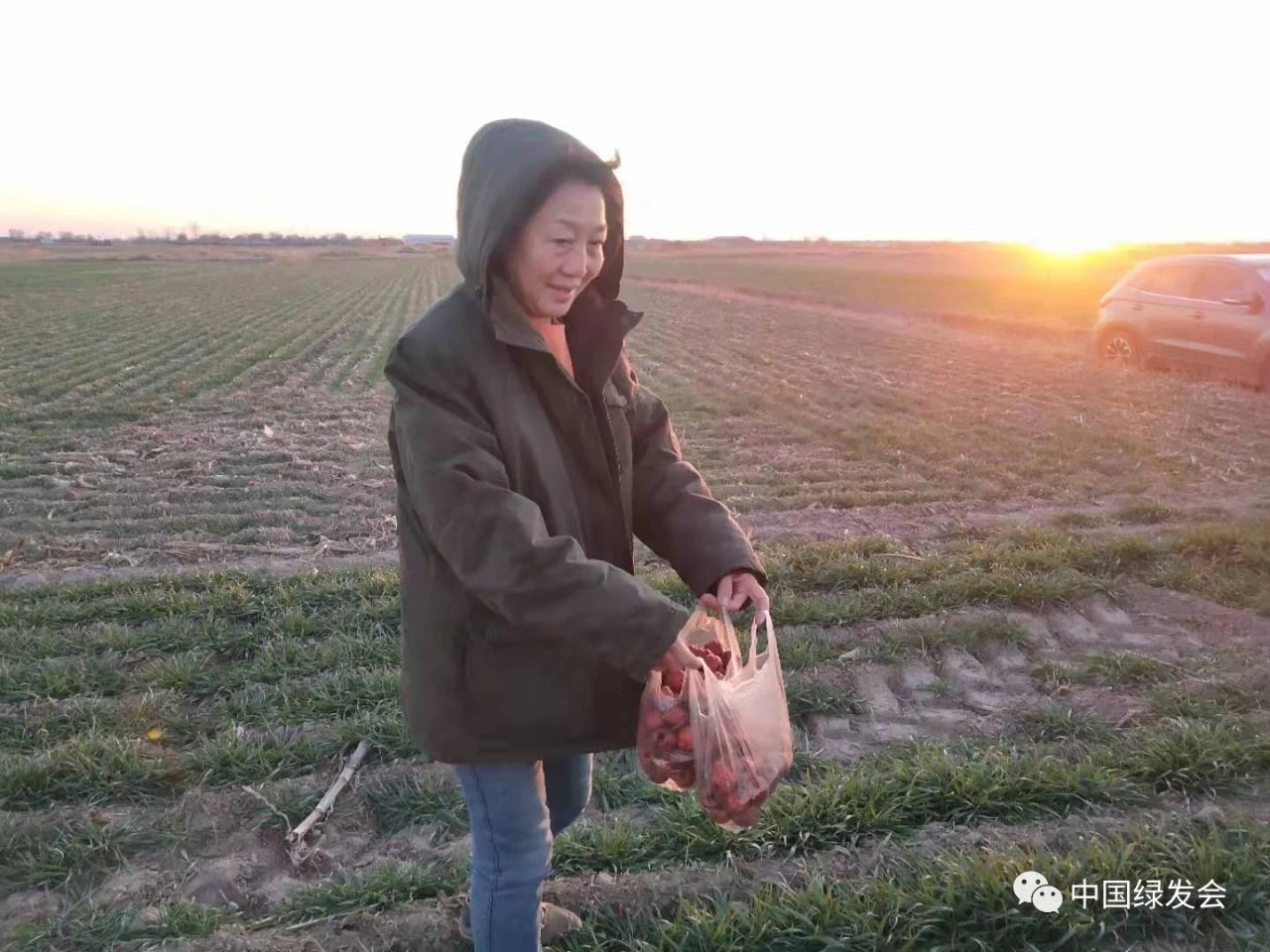
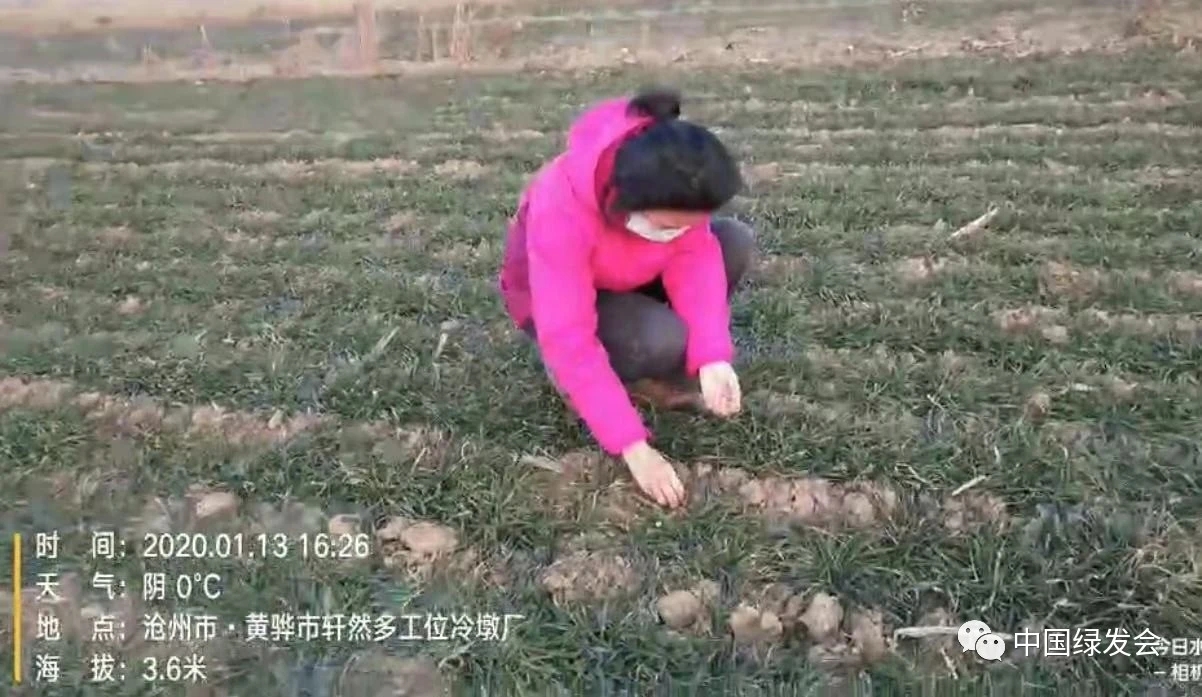
Wildlife rescue efforts in multiple provinces include governmental and nongovernmental forces, and form a national rescue system.
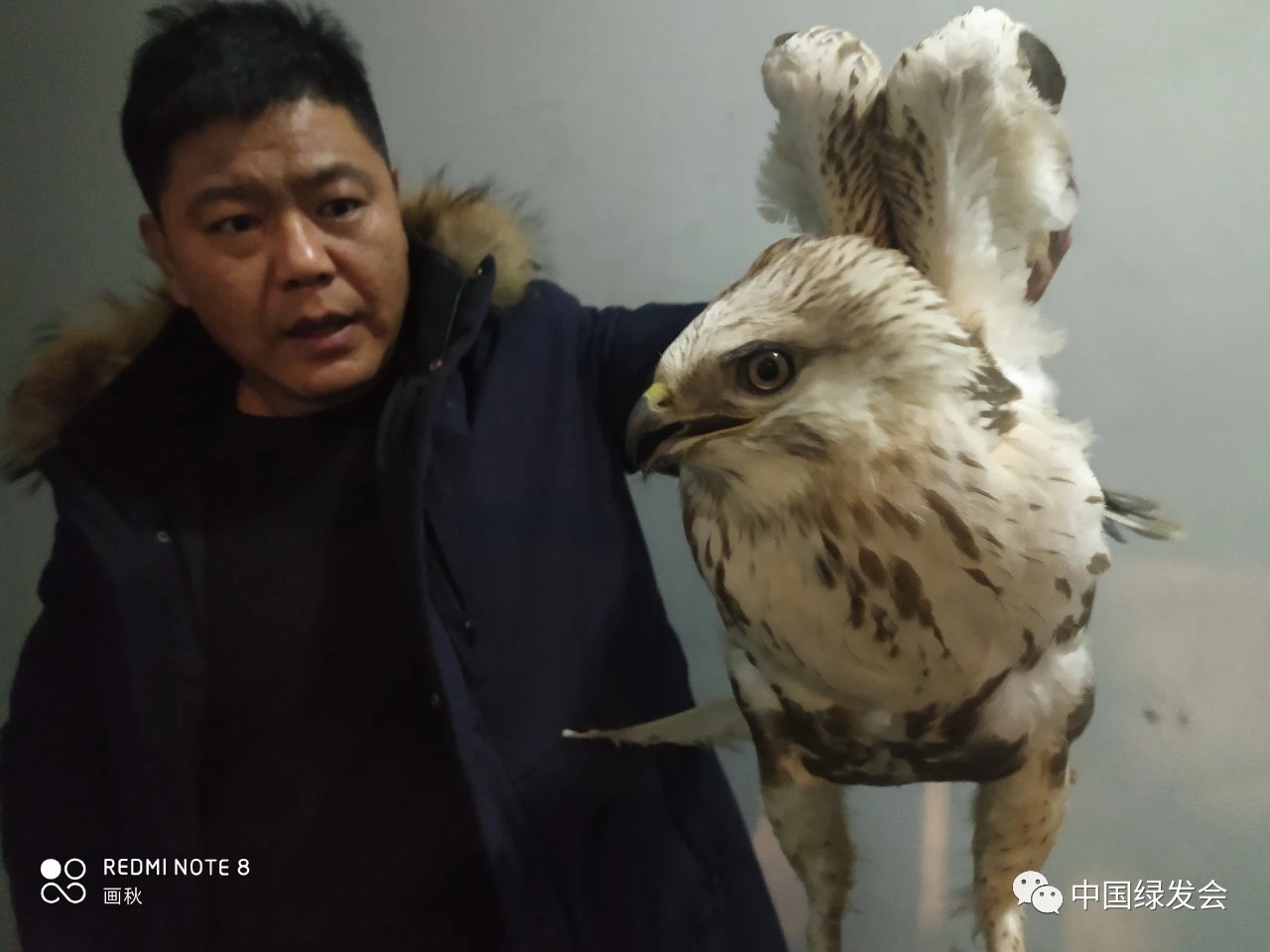
Translator/Yanjun
Original Chinese article
https://mp.weixin.qq.com/s/5v9O8sKkH9rnMAHMYRp_iw
Contribution
https://www.paypal.me/CBCGDFChina
http://www.cbcgdf.org/English/ConfirmDonaTion/0.html
